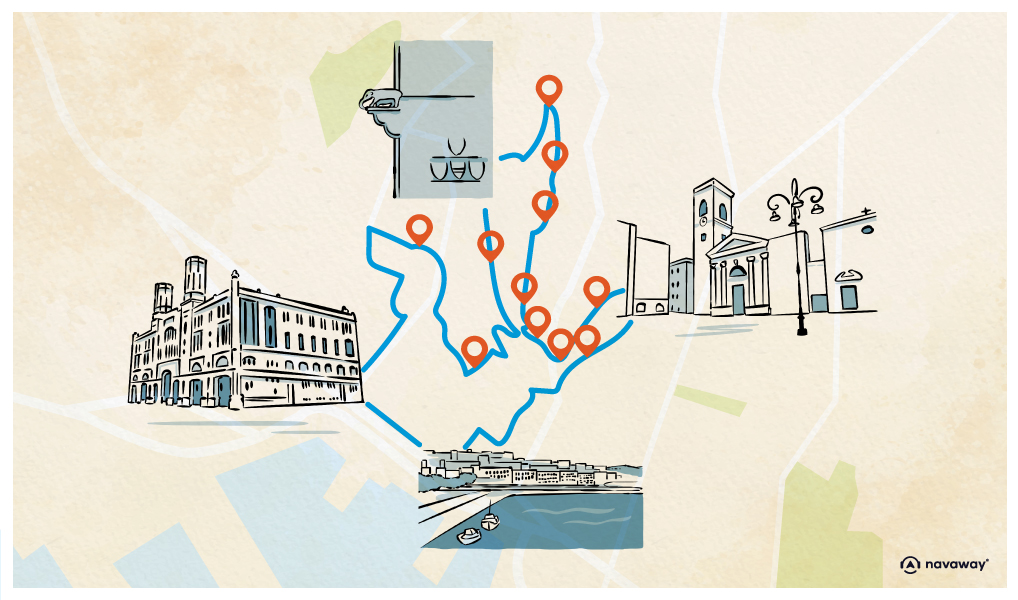
Torre dell’Elefante

This point of interest is available as audio on the tour: Visit Cagliari, The Sardinian treasure
See that little elephant carved into the façade in front of you? It gives its name to the medieval tower it decorates, the Torre dell’Elefante. It was built in 1307, when Sardinia was under the rule of the Republic of Pisa, and the elephant was one of Pisa’s symbols.
The tower stands 30 metres tall, and its 119 steps invite you to climb up and admire the view from the top. The portcullis you see, used to raise and lower the main gate, is the original one, believe it or not. The tower may have been built by the Pisans, but it was used by everyone.
Sardinia has long been a land people fought over. After the ancient Nuragic civilisation came the Cypriots, the Phoenicians, the Carthaginians, the Phocaeans, and then the Romans took over. After the fall of the Roman Empire, the Vandals arrived, and as the Byzantines pulled back, Sardinians turned to the maritime powers of Genoa and Pisa for help. Eventually, the Pope handed Sardinia over to the Crown of Aragon, and the Spanish settled in.
Fun fact, Catalan remained the official language here until the end of the 18th century! The Spanish definitely made full use of the portcullis, by hanging the severed heads of executed criminals from it, as a warning to others. Speaking of macabre anecdotes, here’s one from the 17th century: this is where the head of the Marquis of Cea was displayed. He was involved in the murder of the viceroy, a scandal that made quite a stir at the time. His head stayed there for several years! By the 19th century, things became a bit less barbaric, at least on the surface.
The portcullis stopped being used for public executions and the tower became a prison for political prisoners. Besides being a defensive structure, the tower was also one of the key entrances into the Castello citadel, and it still is. So go on, step through the gate and into the medieval heart of Cagliari.


Discover Cagliari with app
An interactive guide through the most beautiful streets, squares, and districts
17 fun audioguides full of historical facts, anecdotes, and legends
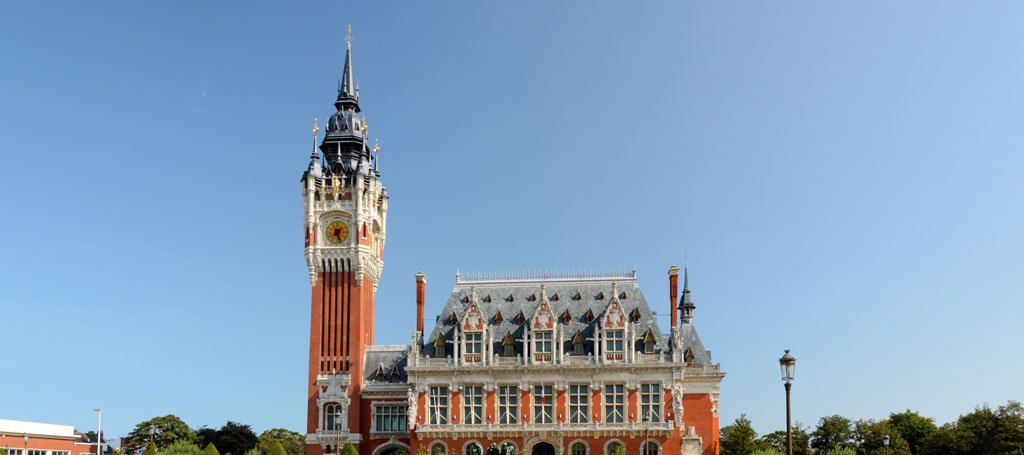
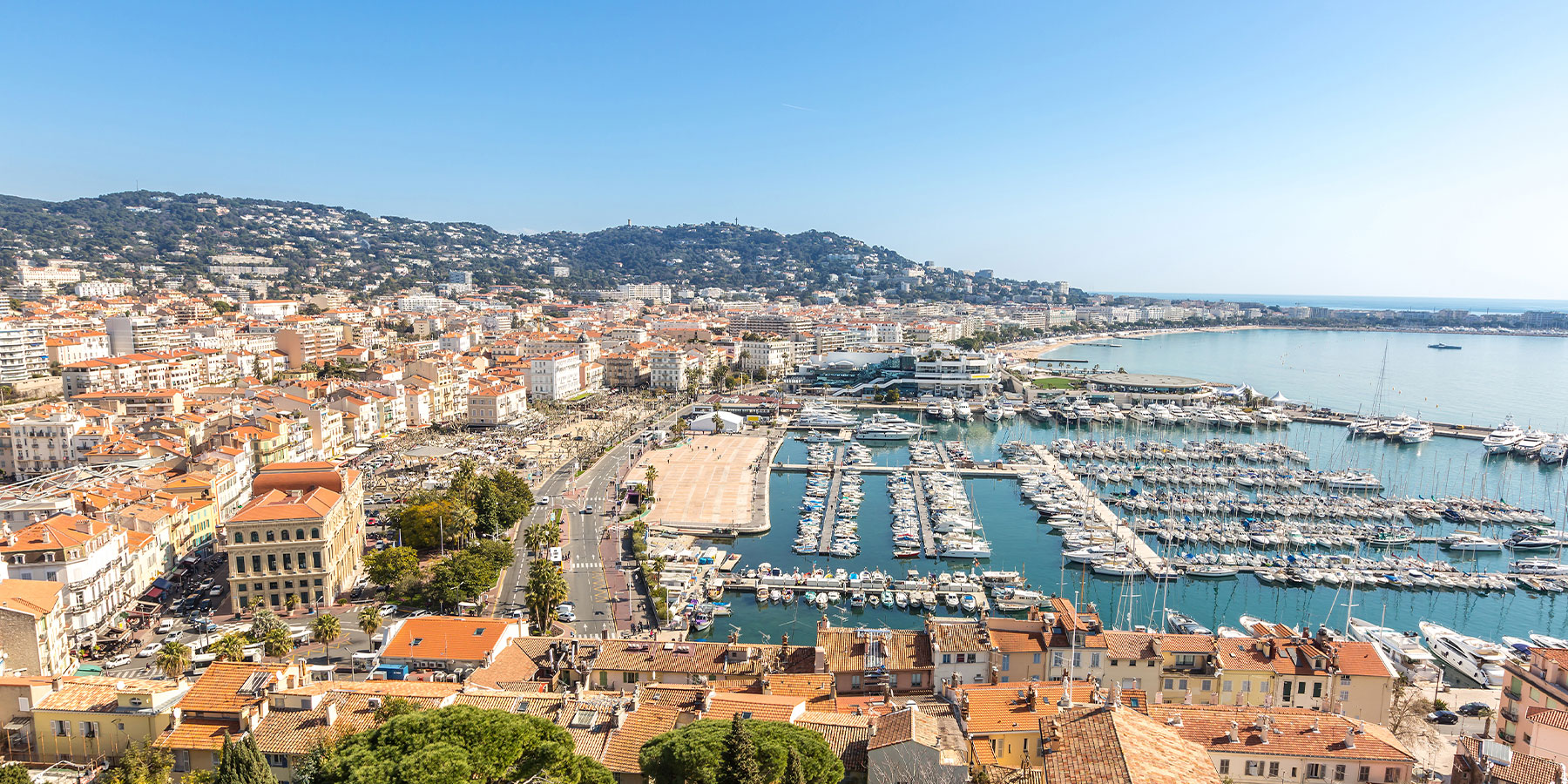
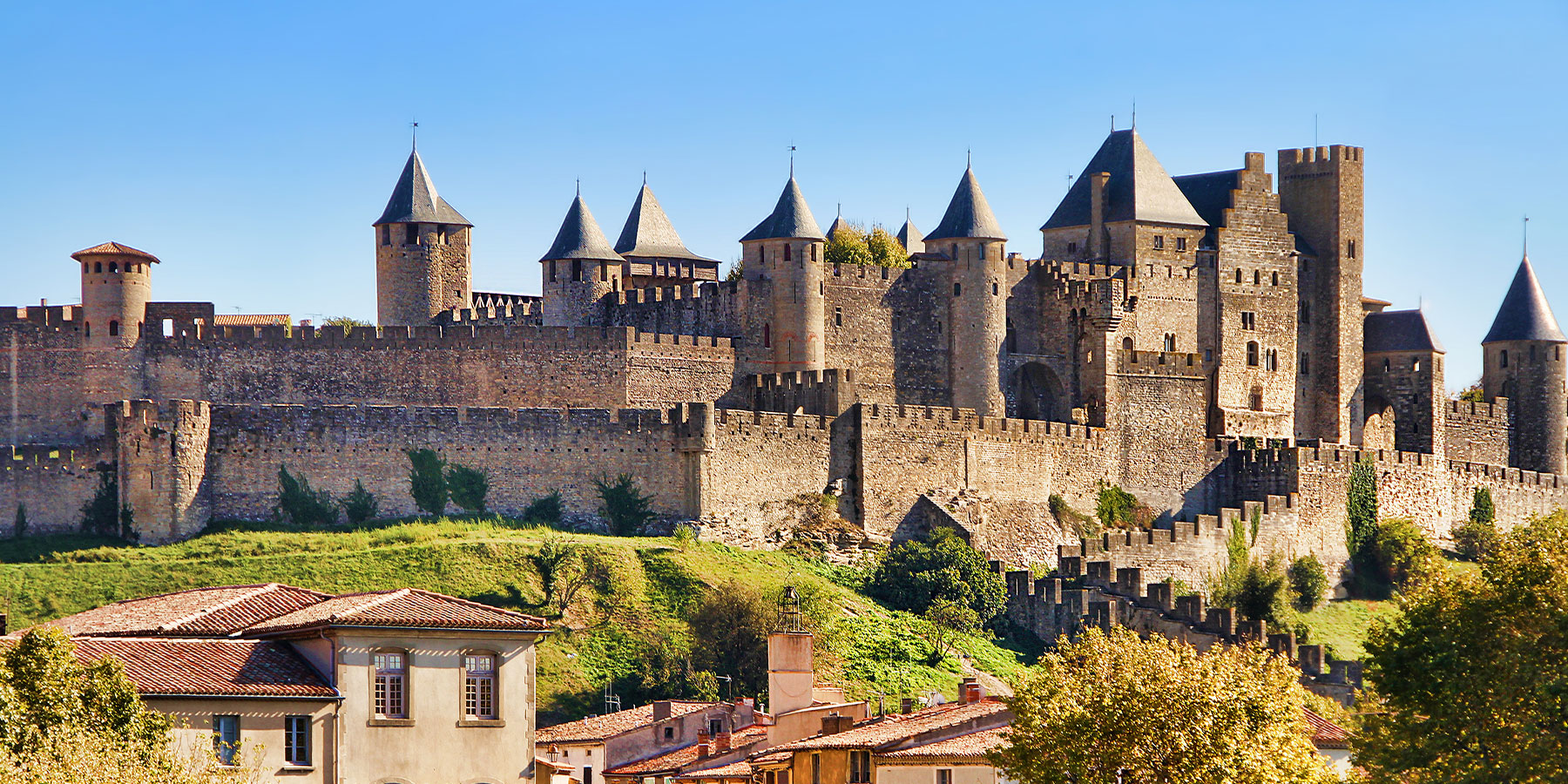
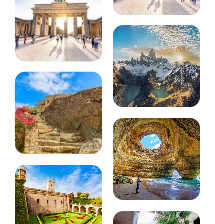

Comments